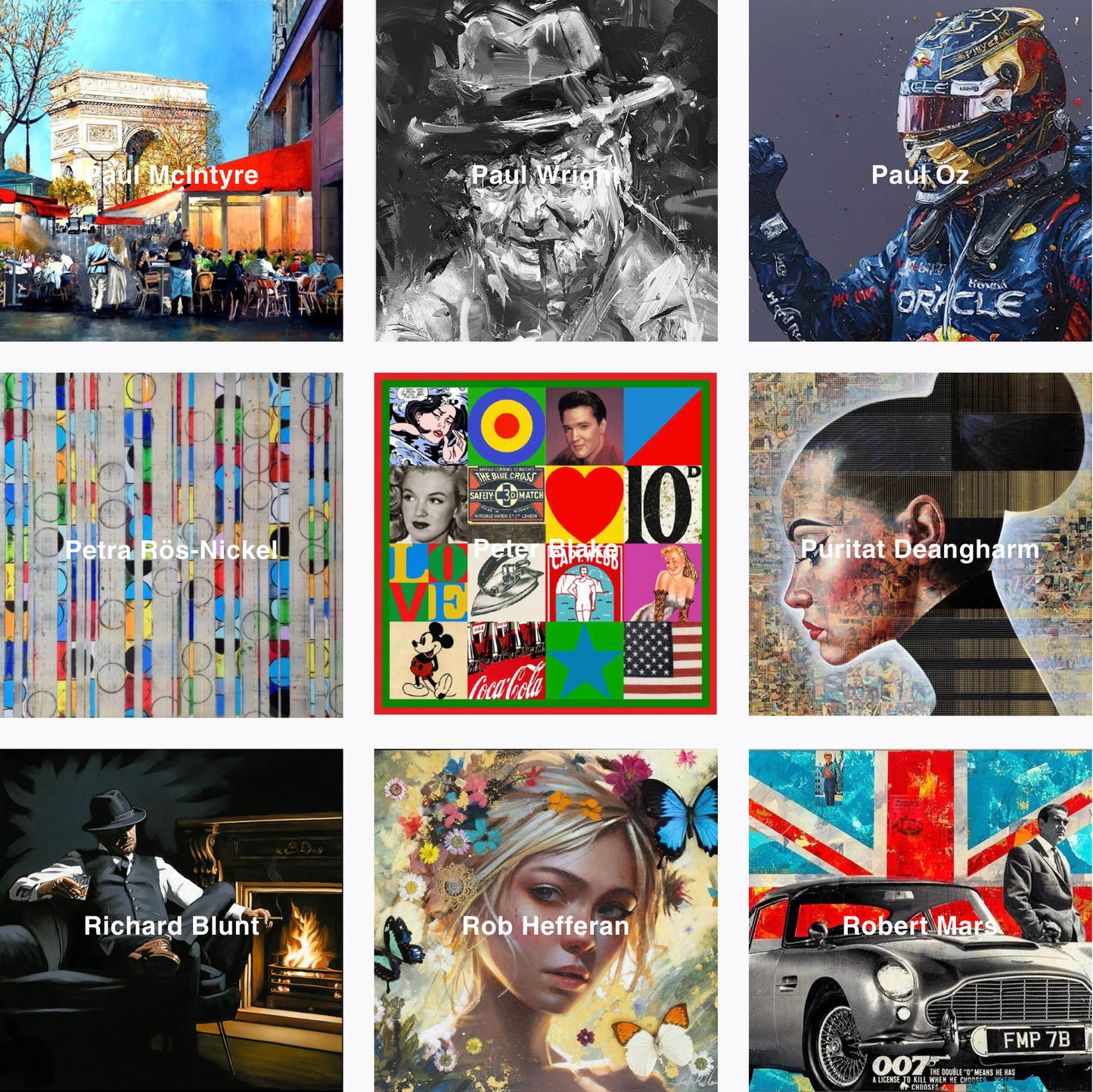Graffiti
Graffiti: A Form of Visual Communication
Graffiti is a powerful mode of visual expression, often found in public spaces, and typically involves the unauthorised marking of walls, buildings, or other surfaces. While street art and graffiti art may also appear in public places, what distinguishes graffiti is that it is usually done without permission, often skirting legality. Some murals, like the famous Kobra graffiti mural of Nelson Mandela, challenge traditional definitions of graffiti, blending artistic mastery with public messaging in a legal context.
What Does Graffiti Mean?
Originally, the term "graffiti" referred to inscriptions found in ancient ruins, sepulchers, and public buildings. Examples of early graffiti can still be observed today in locations like the Catacombs of Rome and the ruins of Pompeii, where figures and inscriptions were etched into the walls. Over time, the meaning of graffiti has evolved, now commonly referring to any kind of marking, text, or drawing applied to surfaces. For much of the modern era, graffiti was primarily seen as an act of vandalism.
Graffiti art allows artists to bring their street-inspired creativity into galleries and other formal art settings, transforming what was once considered rebellious or destructive into something that can be admired, collected, and displayed. While all graffiti could be considered art, this distinction offers a way for graffiti to enter more conventional art spaces, providing a different platform for its appreciation. Discover our curated selection at watergate.art
If you’re looking for paintings of a particular style, sign up for our free Art Advisory service at watergate.art and work one-on-one with an expert art curator to find the perfect work for you.
Check back weekly to discover fresh, captivating works and subscribe to our newsletter for updates on new curated collections, exclusive promotions, featured artists, and more.




















































